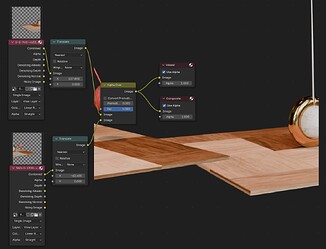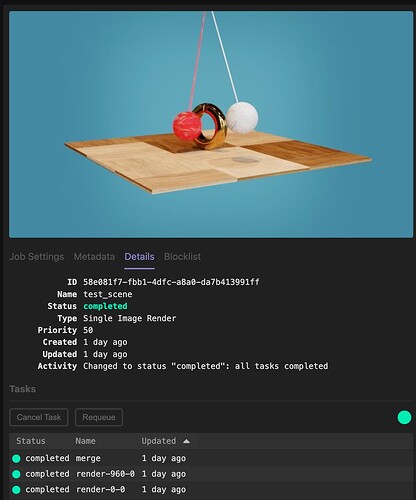Week 10
July 29 — August 2
The majority of my time this week has been spent on trying to figure out the alternative node structure for merging images. Previously I was using a simple alpha_over node to merge two images, but a bunch of issues occurred.
Thanks to the help of @OmarEmaraDev, I eventually developed a working solution that translates the border-rendered images to correct positions, merges, and composites into a complete final render (with some hacks, as there is still limitation with Blender compositor).
Here is a demo of my first successful image render:
I’ll continue addressing other issues mentioned before in the upcoming week:
- Add support for denoising, which involves merging for the other layers
- Decouple python scripts from the job type, as there is a length limit on command line arguments
- Replace
oswithpathlib


